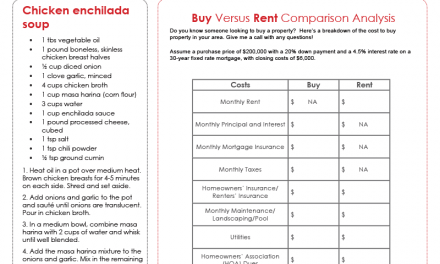At what point are we in the 2020 recession as we head into 2021?
- Heading into a second decline. (69%, 66 Votes)
- Heading into a sustainable recovery. (31%, 30 Votes)
Total Voters: 96
The commercial real estate market has undoubtedly suffered during the ongoing 2020 recession. But by many standards, this industry has escaped the worst of experts’ original predictions.
The Mortgage Bankers Association (MBA) forecasts a 34% decline in commercial and multi-family mortgage originations in 2020 compared to the year prior. In total, $395 billion in commercial and multi-family loan volume is forecast, down from the record $601 billion originated in 2019.
While this is certainly bad news for lenders and a reflection of the struggling commercial market in 2020, the MBA has revised their forecast upward from earlier this year when they forecast a steeper 59% decline in originations.
During the third quarter (Q3) of 2020 alone, the dollar volume for loan originations was down year-over-year:
- 94% for the hotel industry;
- 83% for retail;
- 58% for office;
- 51% for healthcare;
- 31% for multi-family; and
- 23% for industrial.
A second “v” to come
With interest rates at historic lows, refinances have been the saving grace for an otherwise depressed commercial and multi-family market. For example, year-to-date (YTD) sales volume for the multi-family market is down 41% nationwide compared to a year earlier as of Q3 2020. At the same time, mortgage originations were down just 17%, the difference being made up by refinances.
Refinancing into lower payments is one way landlords have been able to recoup some of the income lost this year.
Here in California, 55% of renter households have lost some amount of employment income since the pandemic began in March 2020. As a result, 14% of renters are behind on their payments as of August 2020 and 21% lack confidence they will be able to pay next month’s rent, according to U.C. Berkeley’s Terner Center for Housing Innovation.
However, California’s rental eviction moratorium has kept non-paying renters from losing their housing in 2020. These protections are slated to end on January 31, 2020. Little to no remedies have been offered to help landlords cover costs while simultaneously losing out of rents. For small, “mom and pop” landlords of one-to-four-unit properties, the loss has been especially hard as roughly two-thirds of renters unable to pay rent in 2020 are living in these smaller rentals.
The MBA’s revised forecast is a small bright light for the multi-family and commercial industry. Not to mention more of the jobs lost to the 2020 recession are being regained each month. However, it’s important to remember our economy is near the top of the first half of the W-shaped recession we’re experiencing.
As we head into winter and shelter-in-place orders become more frequent, the small improvements in the employment picture made in the second half of 2020 will lose ground. Further, absent extensions, the eviction and foreclosure moratoriums will expire going into 2021. At that time, the housing market will be flooded with vacancies and distressed sales, bringing down the value of all types of housing. The depth of the second decline may be tempered by government stimulus intervention.
A sustained recovery won’t take hold until around 2023, once a vaccine has been administered and consumer behavior bounces back. At that time, home sales volume and prices will begin to rebound from the economic losses of 2020 and the foreclosures hitting the market in 2021.
Related article:


















